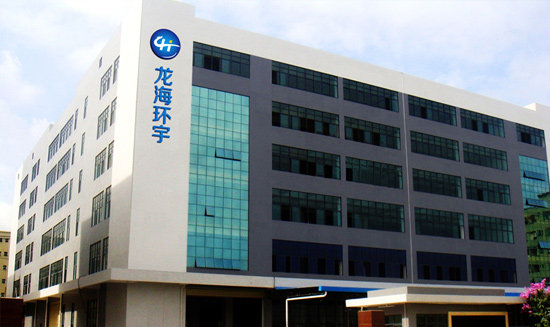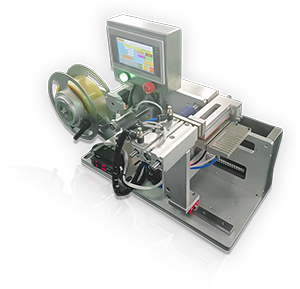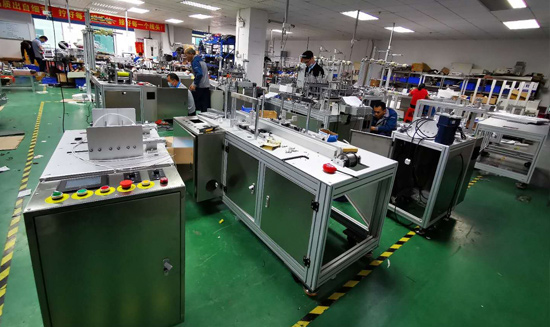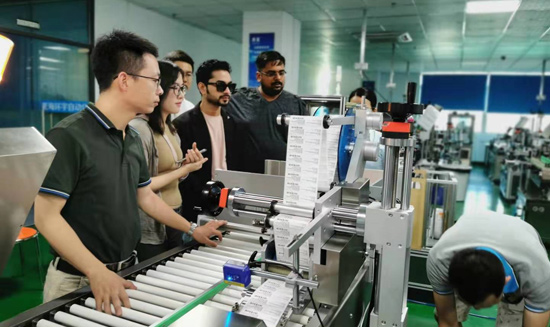视觉贴标机中的视觉识别技术方案:算法模型与深度学习优化
视觉贴标机中的视觉识别技术方案:算法模型与深度学习优化
一、引言
视觉贴标机作为智能包装设备的核心,其核心优势在于高精度的视觉识别系统。传统贴标依赖机械定位,而现代视觉贴标机采用机器
视觉和深度学习技术,大幅提升了贴标精度、效率和适应性。本文将深入探讨视觉贴标机的视觉识别技术方案,包括算法模型、深度
学习优化方法及行业[敏感词]技术趋势。
二、视觉识别系统的核心算法模型
1. 传统图像处理算法
早期的视觉贴标机主要依赖传统计算机视觉算法,如:
边缘检测(Canny、Sobel):用于定位产品轮廓,确定贴标位置。
模板匹配(OpenCV MatchTemplate):通过比对预设模板与实时图像,确定标签粘贴点。
特征点检测(SIFT、SURF):适用于复杂表面产品的定位。
这些算法计算速度快,但对光照变化、遮挡和产品变形较为敏感,精度有限(±0.5mm左右)。
2. 基于深度学习的视觉识别模型
近年来,龙海环宇深度学习大幅提升了视觉贴标机的识别能力,主要采用以下模型:
(1)目标检测算法(YOLO、Faster R-CNN)
YOLO(You Only Look Once):适用于高速生产线,可实时检测产品位置,精度达±0.2mm。
Faster R-CNN:精度更高,但计算量较大,适合高精度要求的场景(如医药、电子行业)。
(2)语义分割(U-Net、Mask R-CNN)
适用于不规则产品(如曲面瓶、异形包装),可[敏感词]分割产品表面,确定[敏感词]贴标区域。
Mask R-CNN 结合了目标检测与像素级分割,精度可达±0.1mm。
(3)关键点检测(HRNet、MediaPipe)
用于[敏感词]定位贴标点,如瓶盖、标签角点等,适用于高精度贴标需求。
三、深度学习优化技术提升精度与效率
1. 数据增强(Data Augmentation)
通过旋转、缩放、添加噪声等方式扩充训练数据,提高模型对不同光照、角度、遮挡的鲁棒性。
采用 GAN(生成对抗网络) 生成合成数据,减少真实数据采集成本。
2. 轻量化模型(MobileNet、EfficientNet)
传统深度学习模型(如ResNet)计算量大,难以部署在嵌入式设备上。
MobileNetV3、EfficientNet-Lite 等轻量级网络可在保持高精度的同时,降低计算成本,提高实时性(FPS≥60)。
3. 迁移学习(Transfer Learning)
使用预训练模型(如COCO数据集训练的YOLOv8),再针对特定行业(如食品、医药)进行微调,大幅减少训练时间并提高精度。
4. 自适应学习(Active Learning)
系统自动筛选难样本(如反光、变形产品)进行重点训练,持续优化模型性能。
5. 边缘计算(Edge AI)
采用 NVIDIA Jetson、华为昇腾 等边缘计算设备,实现低延迟、高并发的实时检测,减少云端依赖。
四、行业[敏感词]技术趋势
1. 3D视觉贴标技术
采用 结构光/ToF(Time of Flight)相机,获取产品三维信息,适用于曲面、凹凸不平表面的高精度贴标。
2. 多光谱成像
结合 可见光+红外成像,解决透明标签、反光包装的识别难题。
3. 自适应光学补偿
通过 AI动态调整曝光、白平衡,适应不同光照环境,减少误检率。
4. 数字孪生(Digital Twin)
在虚拟环境中模拟贴标过程,优化算法参数,减少实际调试时间。
五、结论
视觉贴标机的核心竞争力在于视觉识别技术,传统算法已逐渐被深度学习取代。YOLO、Mask R-CNN等模型显著提升了精度,
而轻量化、迁移学习、边缘计算等技术则优化了效率。未来,3D视觉、多光谱成像和数字孪生将进一步推动行业升级。
对于企业而言,选择适合自身生产需求的视觉识别方案,可大幅提升贴标质量、降低废品率,实现智能化生产转型。













 微信咨询
微信咨询